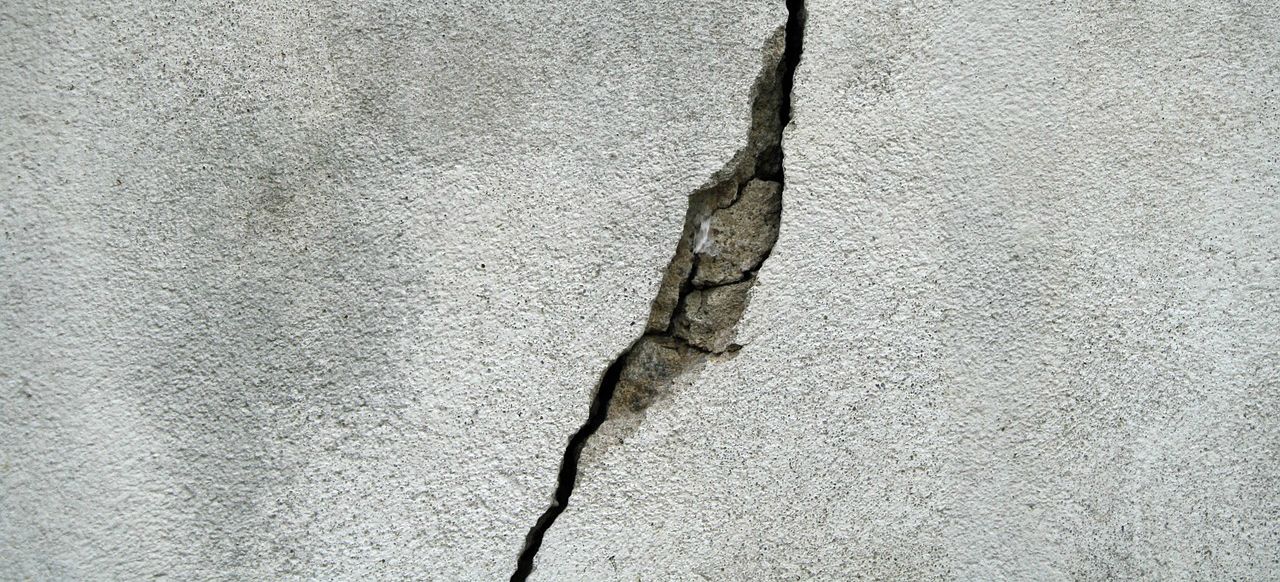Best Foundation Waterproofing Methods

The risk of water entering your basement or foundations is a common issue for a lot of houses, and it can end up being a big problem if it is not resolved quickly and prevented in the future. Damp or wet foundations or basement can mean not only the possibility of damage to your possessions which are inside, but also potential damage to the structure of your home which in turn could be expensive to fix, as well as potentially dangerous.
For this reason, it is important for homeowners (or tenants) to be aware of any water which seems to be entering their property, as well as doing everything that they can to stop water from getting in in the first place. Water can enter the foundations of your home very slowly and only really become apparent when it is too late and there is already an amount of damage.
Foundation Waterproofing
One of the most obvious and effective ways of preventing water from entering the foundations of your home is by waterproofing them. The only real way to solve the problem and offer truly effective waterproofing is by exterior waterproofing. Anything else is solving the problem short term and only controlling the water which enters. The water is still entering it is just being controlled once it does.
In general, there are two kinds of exterior foundation waterproofing methods – a membrane which is applied in a liquid form, which then dries to create a seamless base. Materials such as special waterproofing cement are a good example of this. There are then solid barrier materials available, an actual membrane which is rolled out.
Waterproofing with Rubber
Rubber is eco-friendly and non-toxic, meaning that it is a good option. It can be sprayed or painted on and can be a little flexible to move with the movements of the house.
Bentonite and Waterproofing Foundations
Bentonite is a clay-like substance which can absorb a great amount of water and then create a permanent seal one that it is at its capacity. The panels which are then formed can be stuck or hammered into place, and mixed with rubber if desired.
Cement and Foundation Wall Waterproofing
A popular waterproofing method is cement. It is inexpensive and affective; however, it is rigid and can crack under pressure, meaning that it only offers a short-term solution.
Asphalt and Foundation Waterproofing
A membrane made from rubberized sheets of asphalt creates an effective waterproof barrier. It is made to be adhesive meaning that it is quick and easy to apply – if you have the right technique.
For the best results, a mixture of different methods is recommended.
The Procedure
For the best results in an existing building, the foundations area around the outside walls will need to be exposed (on the outside of the property). Once the land around has been dug away, most professionals like to repair any cracks, holes or weak points with a waterproofing cement. A layer of waterproof coating is then applied – meaning that any hairline cracks or missed areas are completely protected.
An adhesive membrane is added, which also expands to cover any cracks and movement, and more importantly, cover any cracks which might appear in the future.
Finally, a special membrane is applied, which not only gives extra waterproofing but also helps to drain the water away meaning that there is no chance of water getting in.
Here at Conterra Foundations, we use the latest materials and techniques to ensure that your foundations are kept free from water. For wet basement repair in Hamilton & Burlington, get in touch today!